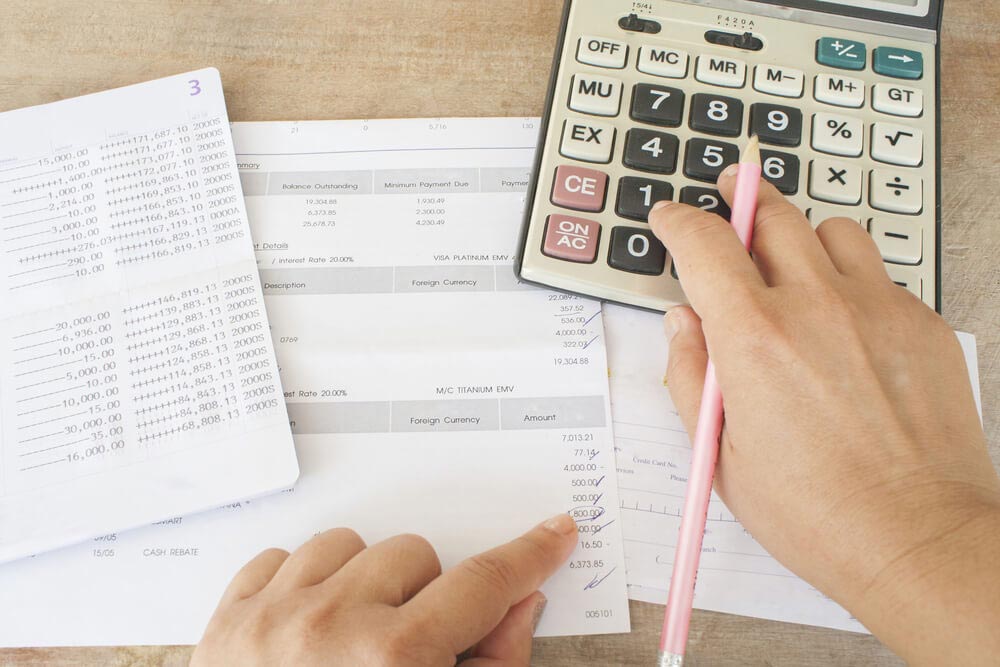Disbursement is simply the act of paying out money. It is a payment one makes to another individual or company. Disbursements usually refer to payments involving cash, cash equivalent, or electronic money transfer. Examples of disbursements include dividend payments, cash expenditures, paying monthly bills, payroll expenses, and money paid out to run a business.
Disbursements are part of the cash flow, and if they are higher than revenues, it can be a sign of potential insolvency. Disbursements are usually posted in ledgers such as the accounts payable ledger and the general ledger. A disbursement includes the date, payee name, amount credited or debited, payment method, the purpose of the payment and its effect on the overall cash balance. The accounts in the ledger vary depending on the nature of the business.
Disbursements track the money flowing out of a business’s accounts. These are different from the actual profit or loss. Keeping track of disbursements helps a company to monitor and record every time money leaves the accounts. It also allows an organization to meet audit requirements, recognize fraud, and plan for the future.
What Is a Disbursement Check?
That covers disbursements, but what is a disbursement check? It refers to a payment made when writing a check from a business account. An organization can create a disbursement check for different types of payments such as payroll expenses, employee salaries, dividend payments to shareholders, profit distributions, payments to suppliers, contractors and vendors, or reimbursements for workers’ out-of-pocket expenses.
The recipients of these checks can cash them or deposit them as they please. Many businesses are still using checks for disbursements, even with the popularity of electronic payments. Checks have been in service for a long period, and many companies continue to use them due to their convenience.
Disbursement checks are not paid immediately; it usually takes a few days for the money to leave the payer’s account. This buys additional time for a company to raise the funds required for payments made by check. However, these checks can be expensive as they can cost between $3 and $20 to write and process.

What Is a Loan Disbursement?
A money lender can either agree to give you the funds requested or decline to lend you the money. When your loan application gets approval, the lender needs to find a way to transfer the money to you. Loan disbursement is the process of moving cash from the lender’s account to your account.
The lender will then disburse the funds depending on the type of loan. Personal loans are typically directly deposited to the borrower’s checking account, while student loans may go directly to the school to pay for fees and tuition. When you apply for a mortgage loan, the funds are usually paid directly to the seller.
It is essential that you ask your lender how they will disburse the funds. In some situations, you need cash directly, but the lender may only be willing to use other methods to pay the funds.
Cash Disbursement
Cash disbursements or cash payments are usually made at specific intervals, like quarterly or yearly. The business’s cash flow is used to resolve responsibilities like interest payments, operating expenses, and accounts receivables. Cash disbursements have several payment options, including checks, cash, or electronic fund transfers.
You can use a cash check disbursement to return money to a customer, and it’s normally documented as a decline of sales. You can also pay dividends and record them as corporate equity reduction. Cash reductions are usually made through the accounts payable system, though you can use payroll and petty cash.
You can outsource check disbursement service to a bank. They will use the funds in that savings or checking account to issue payments approved by the paying individual. Check disbursement service can also cover reconcilement and fraud protection.
Controlled Disbursement
This method is mainly used in allied cash management to help big companies track and format their payments and gain from acquired interest. It regulates the flow of checks through the banking system’s day-to-day transactions. It is usually performed early in the day to achieve certain fund management and investment goals.
A student loan disbursement is the pay out of a loan to the student or financial institution. Loan servicers and schools notify students of the disbursement in writing, including the loan amount and the expected date of disbursement. Private and federal student loans are usually disbursed twice during an academic year. The funds are generally credited to the students’ account to pay fees and tuition, and the balance is typically sent by direct deposit, check, or any other agreed payment method.
Student loans have eligibility requirements that a student must meet. A money lender may fail to approve a loan or delay disbursement until the student meets the requirements. Once there is sufficient proof, the lender moves the funds to the student’s account.
In some cases, the disbursements may use an escrow account. This is where a third party retains the funds until the student meets the requirements for complete disbursements. While waiting for any check disbursement, it is crucial to keep in touch with the other party to ensure that you are fully aware of the process and terms of the disbursement.
Other aspects to look out for include, the method of payment, the recipient of the funds, the expected disbursement date, whether it’s a check or direct deposit, and anything you have to do before they send the funds. Transactions are not all the same, and you should understand all the details of each transaction.
The Difference Between Disbursements and Expenses
Many people usually use the term disbursement when discussing a company’s expenses. Ordinary business expenses and disbursements are not the same, although you can consider a disbursement a business expense.
A business expense refers to funds spent on operating a business with the aim of increasing profit. This can include purchasing new equipment or supplies, paying employee salaries, or spending money to market the business. On the other hand, a disbursement is money paid on behalf of a person or client by an agent or company. It is an expense to the person paying the money on behalf of another.
Expenses and disbursements are also expressed differently in annual financial reports. Expenses are usually broken down using categories, while disbursements have their own category.
Disbursements also differ from reimbursements in that reimbursements are payments returned for the original disbursement. For example, if a business pays a disbursement to a client, the client pays the business the original payment as the reimbursement. Reimbursements are subject to interest fees or discounts depending on the agreement.
At Checkissuing, we provide a robust and innovative paper/digital check writing service that helps your business send payments conveniently and securely. We have extensive experience in sending payments reliably and accurately. Contact us today to learn more.







